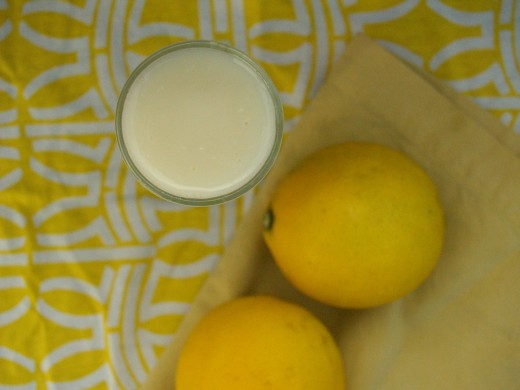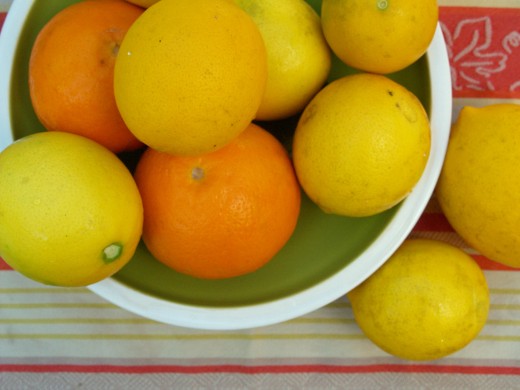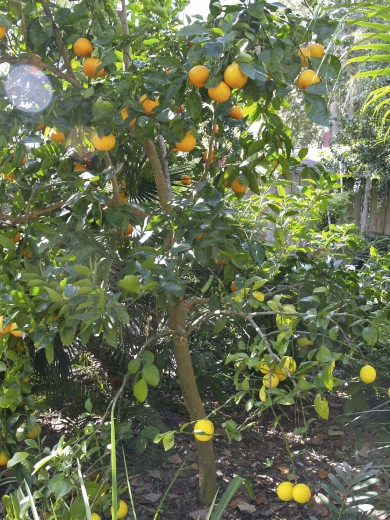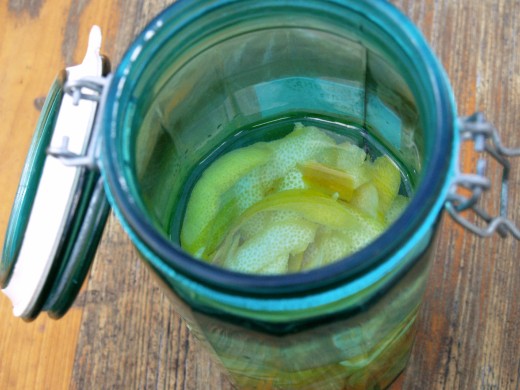Tomorrow is the Chinese New Year, so Gary and I celebrated early by making the only “Chinese” dish we know: an Americanized stir-fry. In China, the New Year is celebrated by big dinners. Additionally, houses are cleaned to remove ill-fortune and to make way for good incoming luck. So although this dish is by no means traditional Chinese cuisine, I’m doing my best to channel their New Year’s themes of happiness and good fortune.
I’ve never been to China, but Gary has been twice this year for work, and came back raving about the multitude of delicious dishes. So many different vegetables and flavors and spices; he loved it all. My version would probably make a Chinese cook cry, but it’s the best I’ve got. My goal is to get more traditional Asian dishes under my belt instead of this fake Chinese recipe that I’m sharing here. Someday.
Our garden has broccoli, carrots, and green onions right now, so of course that was what went in our stir-fry. But nearly any vegetable or meat can be used. Our stir-fries vary with whatever is growing in our garden at the time. Broccoli, any kinds of peppers, mushrooms, eggplant, beans, you name it; throw it in.
Ingredients:
1 bunch broccoli
1 green pepper
1 jalapeno pepper
2 carrots
1 onion
1 lb meat (chicken, shrimp, or beef)
1/8 c cooking wine
1 1/2 c brown rice
1 T coconut oil (or canola)
1 T corn starch
1/4 c soy sauce
2 T szechuan sauce
1 T chili garlic sauce
2 T hoisin sauce
Instructions:
First, start your rice. I add twice the amount of water for the amount of rice, so in this case, 3 cups of water for my 1 1/2 cups of rice. Once it’s to a boil, turn it down to a simmer. Next, chop all of your vegetables. Set aside. Chop your meat. Set aside. In a separate bowl, mix your sauce ingredients. Add all the sauces except the corn starch–add that in last, and mix it in well. Set aside.
Next, get a skillet, preferably a wok, with a lid hot. Turn it on high. Add your oil. Wait a minute or so, and let it get hot. Put in your meat, being careful not to splatter the hot oil. Cook until done. Chicken, which was what we used, takes about 5-7 minutes. If there is any liquid that cooks out of the meat, in a wok you can push the meat up along the sides of the pot while the liquid cooks off. Remove the meat.
Next comes the vegetables. Have your cooking wine ready, and first dump in your vegetables into the hot wok, then throw in the cooking wine, and then cover. Let the veggies steam for about 2-3 minutes or so. Once they look done, throw back in the cooked meat, and then put the sauce over them. Toss until the cornstarch gets activated with the heat and starts to thicken. Serve over rice, and eat with chopsticks.
May we all have good health and fortune in this new Chinese year.



























